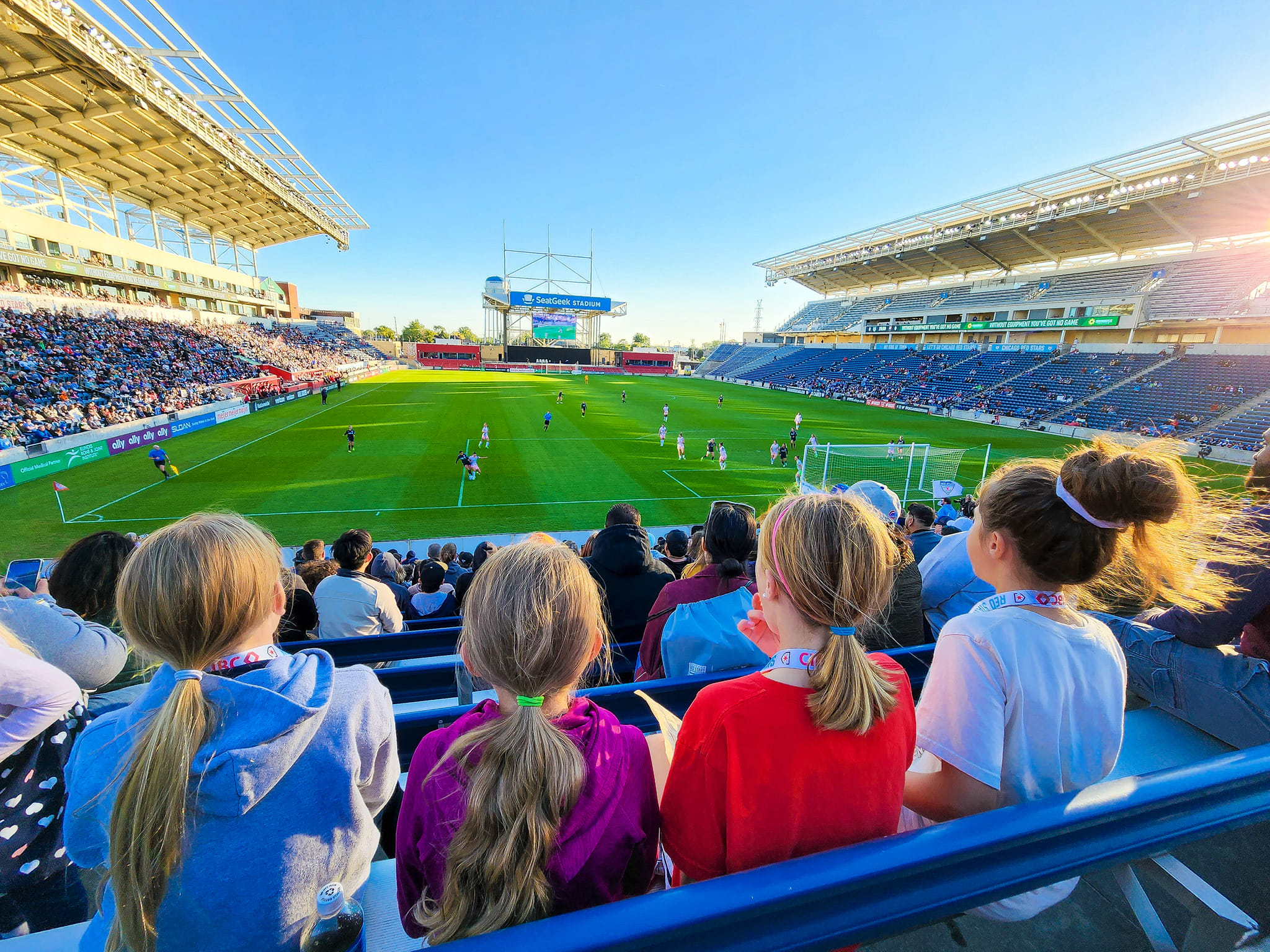Honeyball Soccer Club was formed to showcase the greatness that exists in women’s soccer. To tell the stories of the players, teams, and others involved in the game. To connect the next generation to their heroes.
As a father of three girls, a Chicago Red Stars season ticket holder, and girls club soccer coach, the idea for this site has been formulating in my mind for some time. But it was the words of Marta after Brazil’s World Cup exit that pushed me to take action.
“Do you know what’s cool? When I started playing, I didn’t have an idol, a female idol,” an emotional Marta said. “You guys didn’t show any female games, how was I supposed to see other players? How was I supposed to understand that I could arrive at a national team and become a reference?”
The game has progressed well beyond where it was two decades ago, but there’s still a long way to go. The current rapid growth of the National Women’s Soccer League, and the growing parity on the world stage — as evidenced by the current World Cup — make this an exciting time for women’s soccer.
But there’s plenty of work to do to close the gap that exists. We’re barely a couple years removed from an abuse scandal that rocked the NWSL. Sponsorship money for women’s soccer is still lagging. Attendance for some clubs is staggeringly low. We still have nations like Jamaica that don’t support their women’s team.
As Nettie Honeyball famously said in 1895, “There is no reason why football should not be played by women, and played well, too.”
Well, that part has come true.
Now, more than 125 years later, let’s take it a step further. There is no reason why women’s soccer should not be the premier sport in the United States.
Why not?
In Marta’s postgame speech, she continued:
“Today, when we go out on the street, people stop. The parents stop and say ‘oh, my daughter loves you, she wants to be just like you.’ And it’s not just Marta, it’s other athletes as well. So today we have our own references. This wouldn’t have happened if we had stopped at the first obstacles we faced.”
The current U.S. Women’s National Team grew up with Mia Hamm and Brandi Chastain showing them it’s possible to reach the pinnacle of their sport.
The next generation now has a viable professional soccer league not only full of teams and players to cheer for and watch on TV every week, but to show them they, too, can play soccer for a living.
When you consider how far women’s soccer has come in the 50 years since women have been able to play the sport, it’s not hard to envision how far it could go in the next 50.
Let’s help make that happen.
